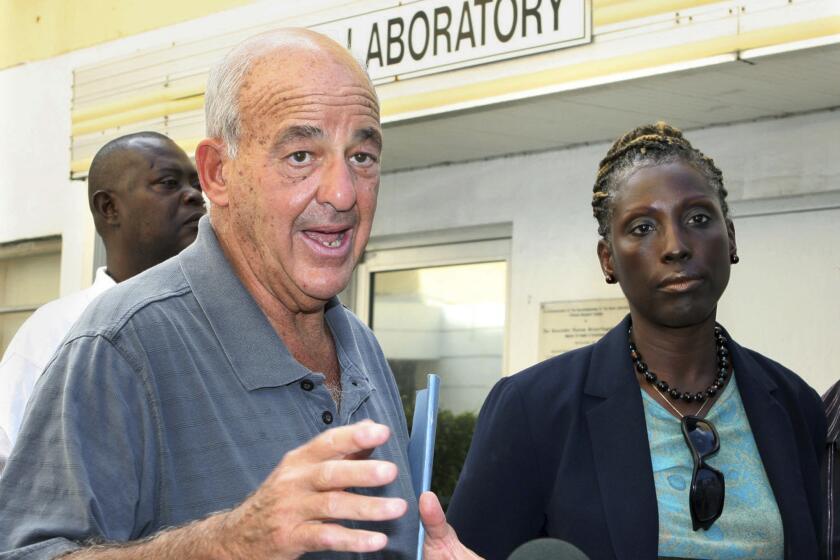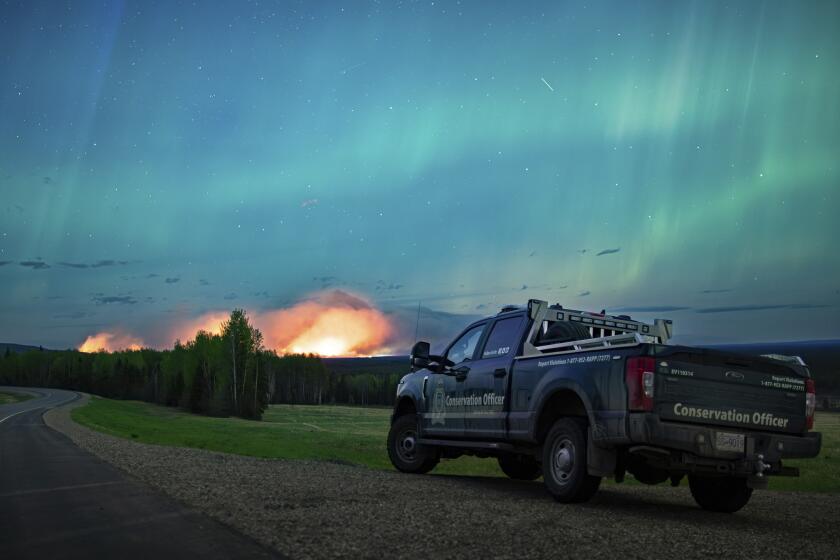Burst of Inspiration Proves Fruitless in Search for Corpses
There was one thing that all the missing office workers at the World Trade Center had in common: building access cards.
That gave rescuers in New York a sudden inspiration. What if they could detect, from underneath the rubble, signals from the missing workers’ security cards?
The idea triggered a feverish research-and-development effort by a dozen engineers at two Illinois companies, which whipped together a prototype device to awaken and find the cards electronically. But they soon discovered that their success in the laboratory couldn’t be repeated in the hostile environment of the wreckage.
The episode illustrates both the resourcefulness of technology companies and the harsh realities of the disaster scene. While the technique developed by the companies could conceivably save lives in some future emergency, it couldn’t be adapted to the still-perilous grounds around the New York financial district.
The cards, made by Motorola Inc. of Schaumberg, Ill., were designed to stay silent until they passed a security point, which would prompt them to identify themselves electronically.
In effect, the cards listen constantly for signals on a specific low frequency. When they come within range of a building security point, which emits a weak version of those signals, the cards respond by sending out an electronic message at a higher frequency.
Authorities in New York asked Motorola last week to try to contact access cards that may have remained intact in workers’ pockets and purses. The hope was that the cards could lead them to live victims trapped in the many nooks and crannies in the wreckage.
At the time, however, Motorola had no portable transmitters that could emit a signal strong enough to penetrate the rubble, or antennas sensitive enough to detect a signal from a buried card.
Late Friday afternoon, Motorola enlisted the help of Broadcast Electronics Inc., a Quincy, Ill., electronics manufacturer that specializes in wireless transmissions. By Monday morning, the companies had pieced together and tested a portable, high-powered transmitter and receiver that could activate cards hidden beneath up to eight feet of smashed concrete and steel, said Motorola spokeswoman Adrienne Dimopoulos.
They flew the device--two heavy metal boxes connected to a pair of loop antennas about three feet in diameter--to New York on a Motorola corporate jet Monday morning, said Tim Bealor, director of radio frequency systems for Broadcast Electronics. But after about an hour of fruitless use at the disaster site, the engineers packed up their equipment and sent it back to Illinois, Dimopoulos said.
“The device, though it works in principle, doesn’t work in practice,” she said. “The conditions were too rough. . . . It’s such a jagged, rugged site.”
Bealor said the biggest technical challenge isn’t activating the cards, it is detecting the signals they send in response. But the main problem in New York wasn’t the technology, he said, it was the environment.
The technique may be adaptable to other emergencies, Bealor said. In fact, after the companies started working on the portable transmitter, they learned that the U.S. military has a group already using a similar technology.
For its part, Motorola has no plans to turn the prototype into something more permanent, Dimopoulos said.
“We were hoping we could offer additional support” to the New York rescue efforts, she said. “We just weren’t sure that it would work, and it did not.”
More to Read
Start your day right
Sign up for Essential California for news, features and recommendations from the L.A. Times and beyond in your inbox six days a week.
You may occasionally receive promotional content from the Los Angeles Times.







